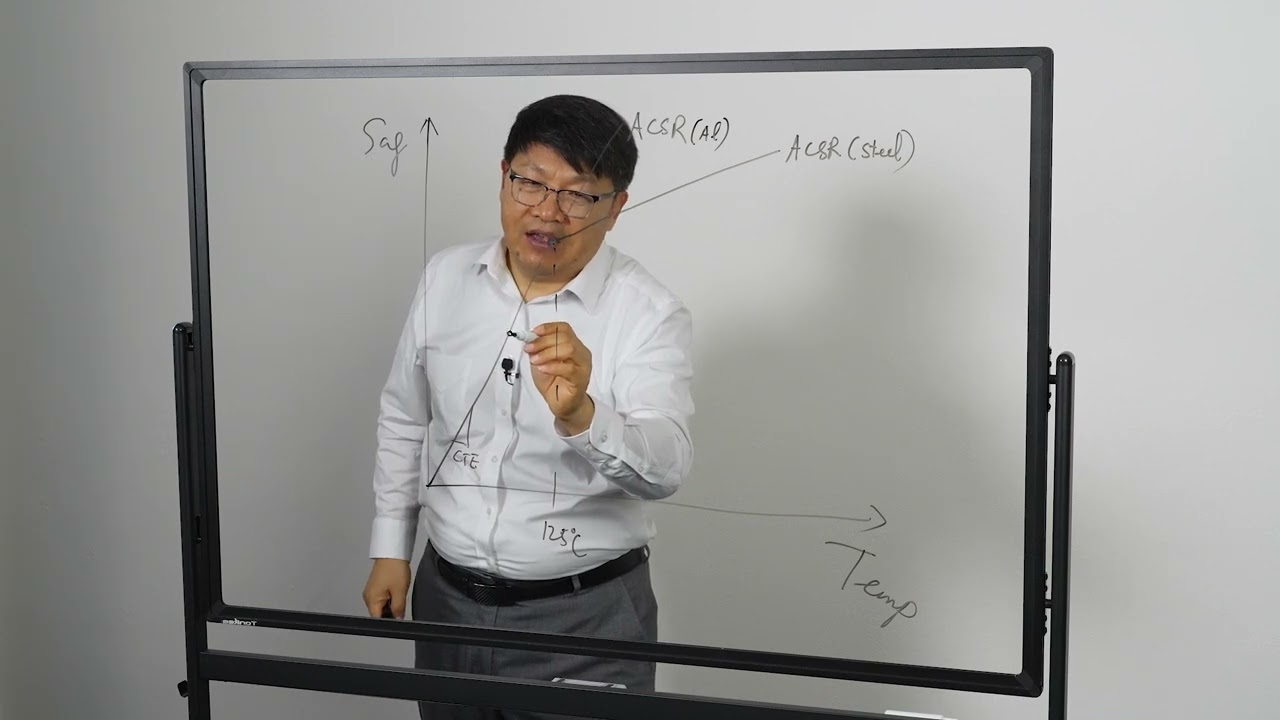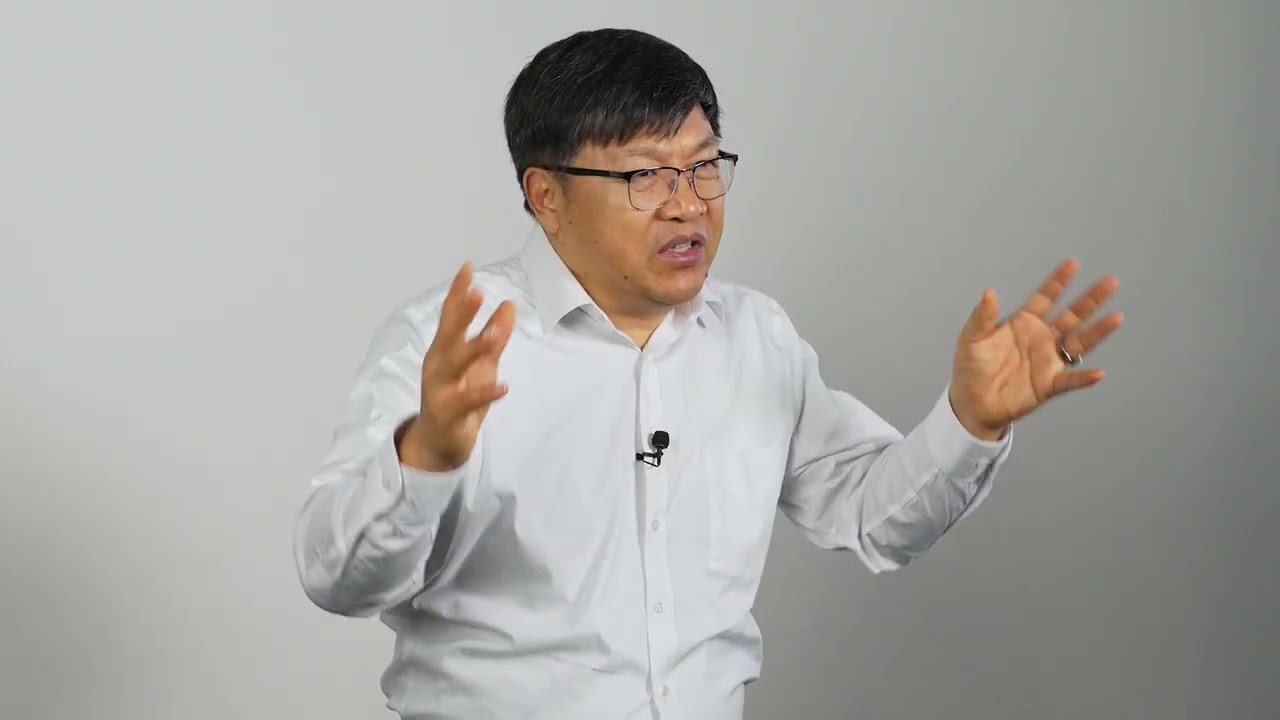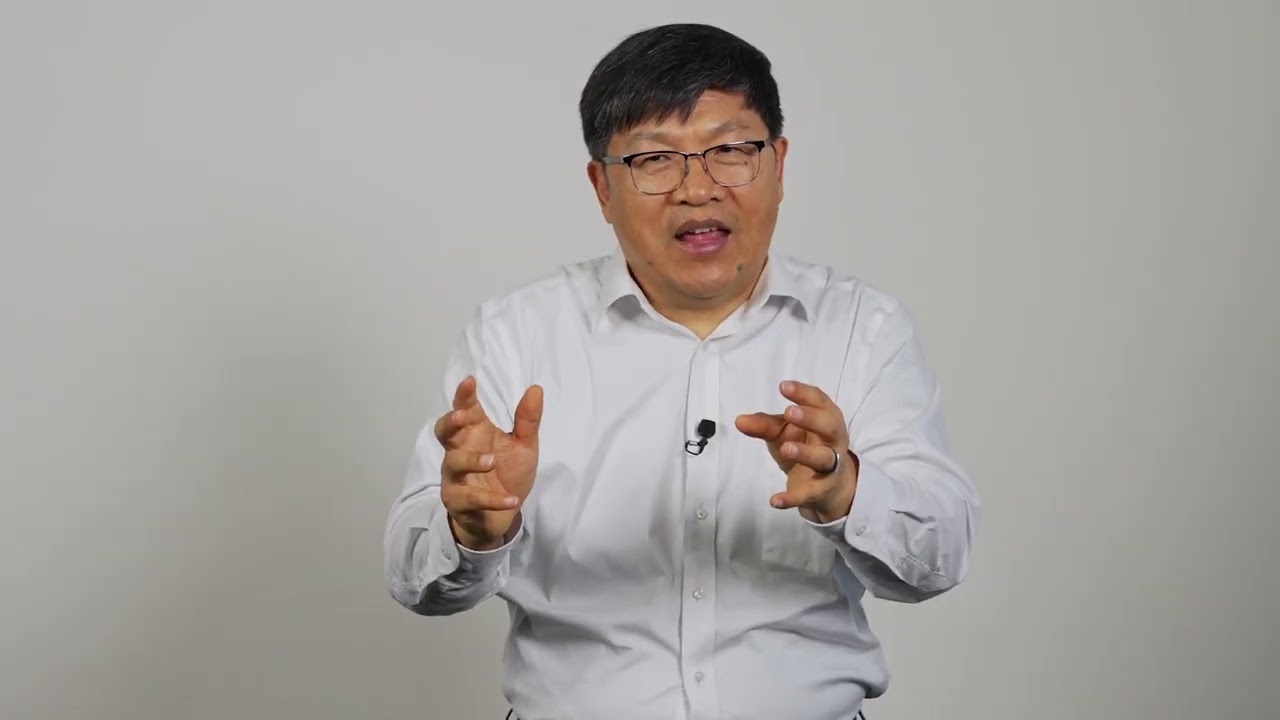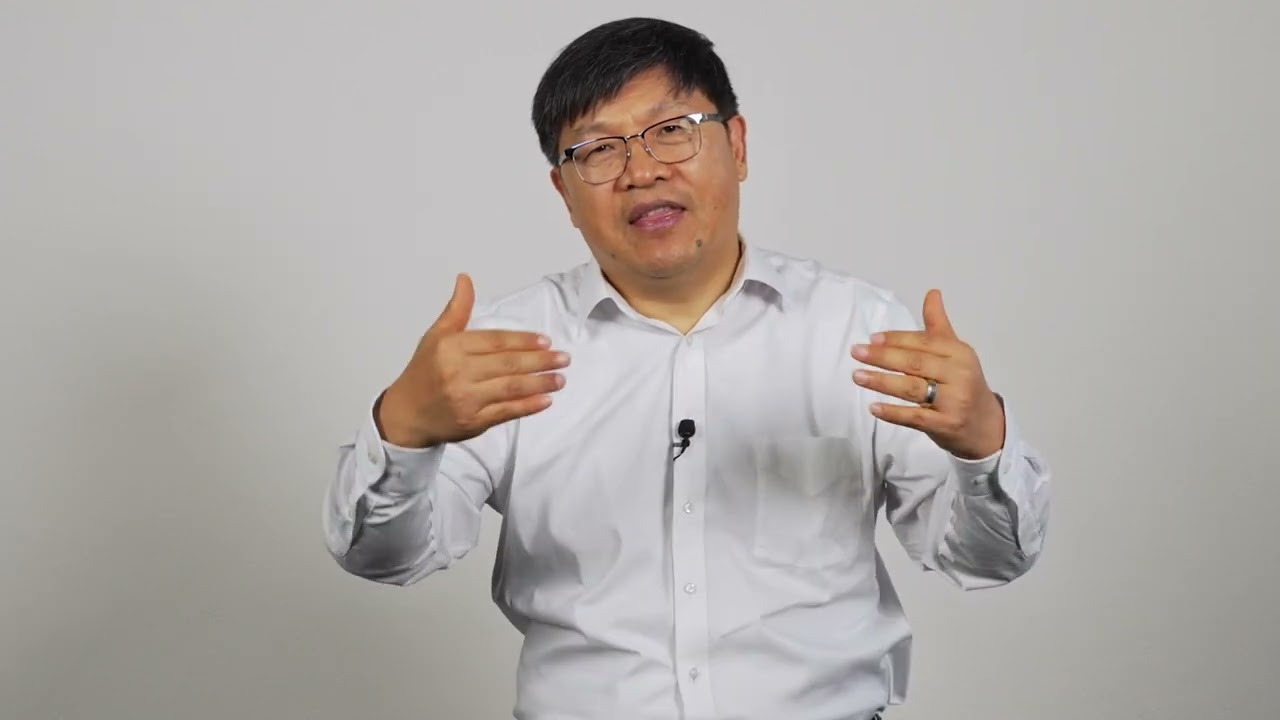TS Conductor fully complies with ASTM B987-20 where applicable to our technology. The standard’s section on galvanic barriers, however, was written specifically for older conductor configurations and isn’t relevant to our design.
Our patented aluminum encapsulation layer completely blocks moisture and oxygen from reaching the core, making galvanic corrosion physically impossible. This protection mechanism is well-proven in the industry – aluminum clad steel wire has effectively prevented galvanic corrosion in steel core conductors for decades.
The path to modernizing industry standards is slow, complex, and more political than it should be. Despite a seven-year effort to update ASTM B987 to better reflect current technology, progress has been impeded by legacy manufacturers protecting their market positions. We continue to work with ASTM to advance these standards while maintaining our focus on verifiable quality measures like continuous X-ray inspection during manufacturing.




